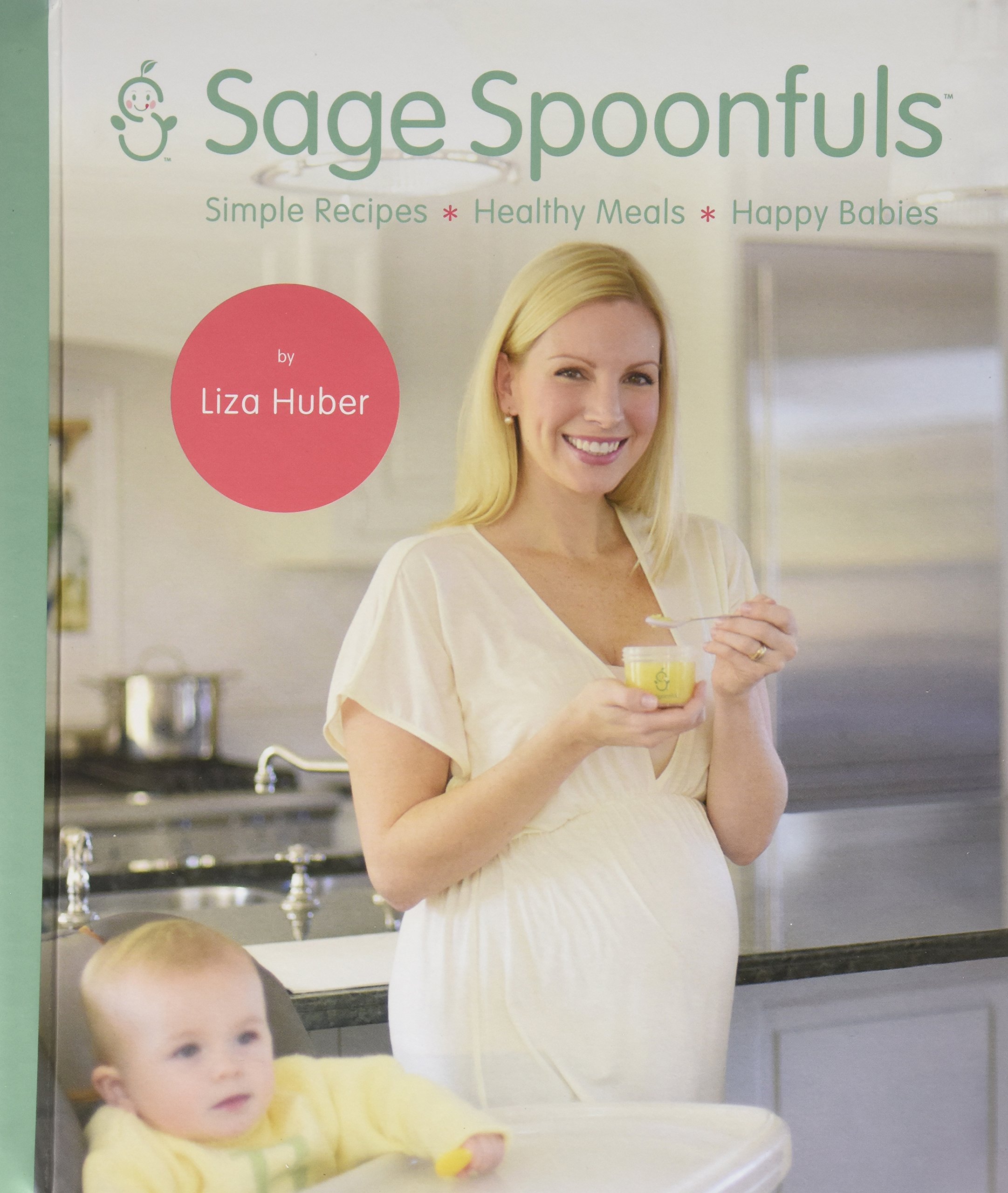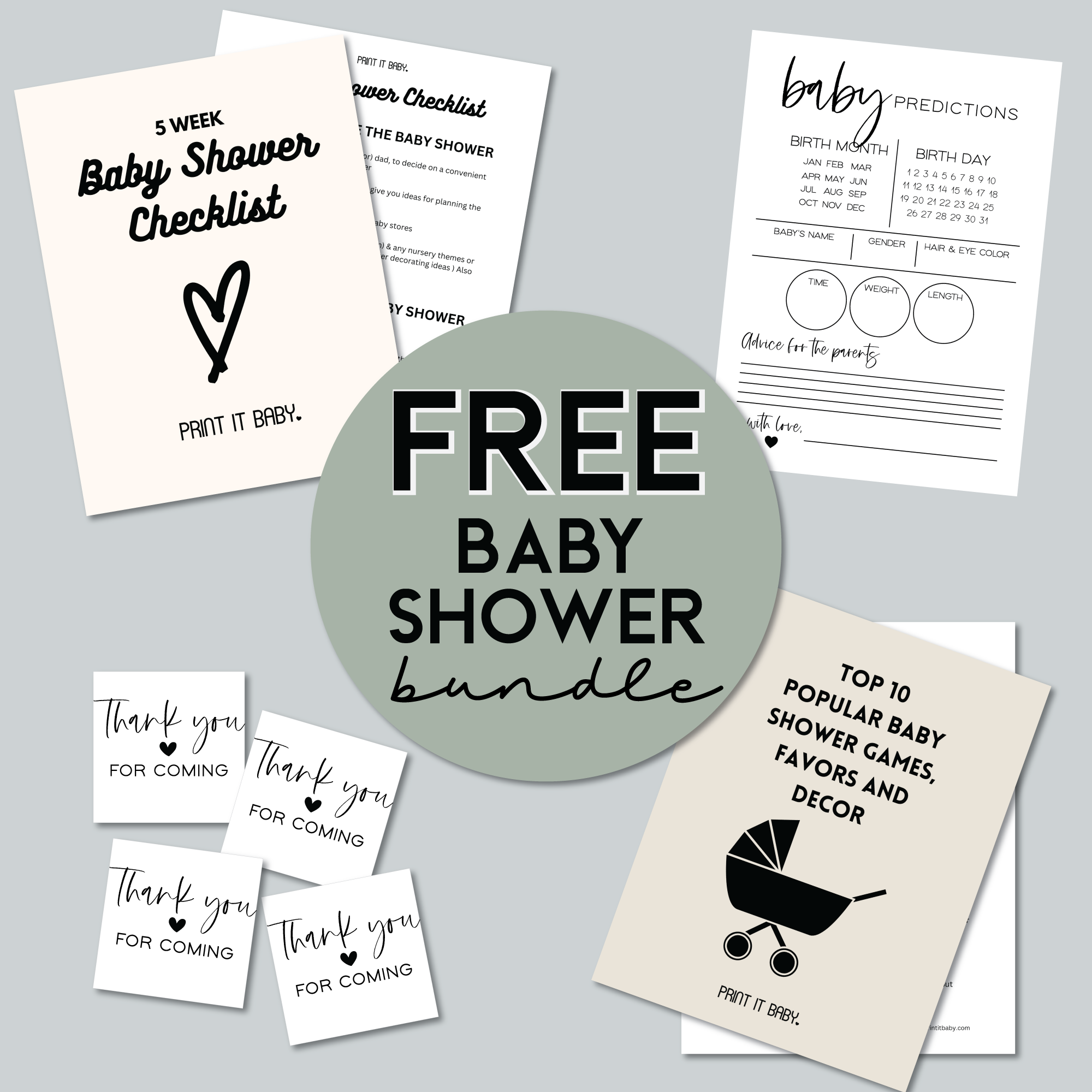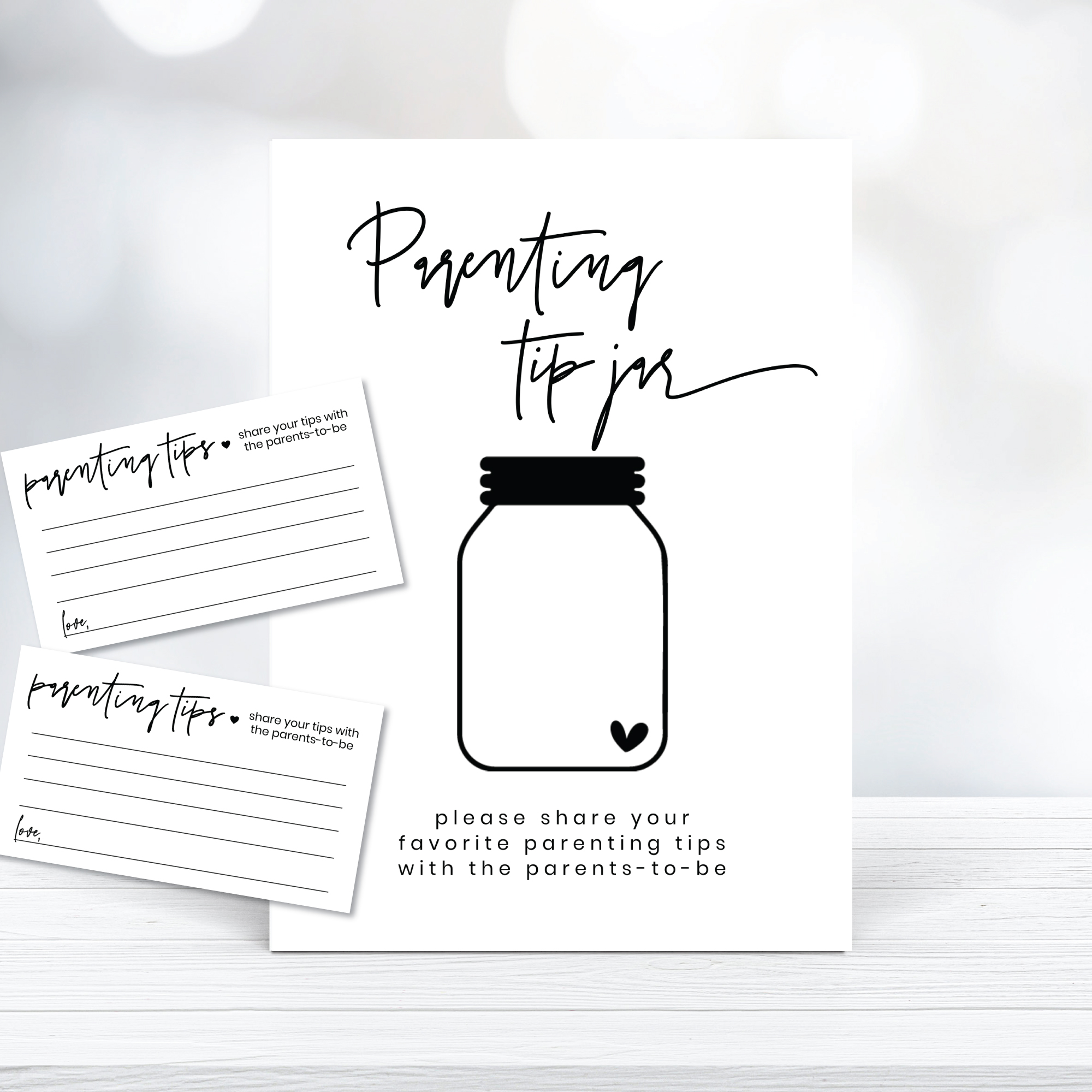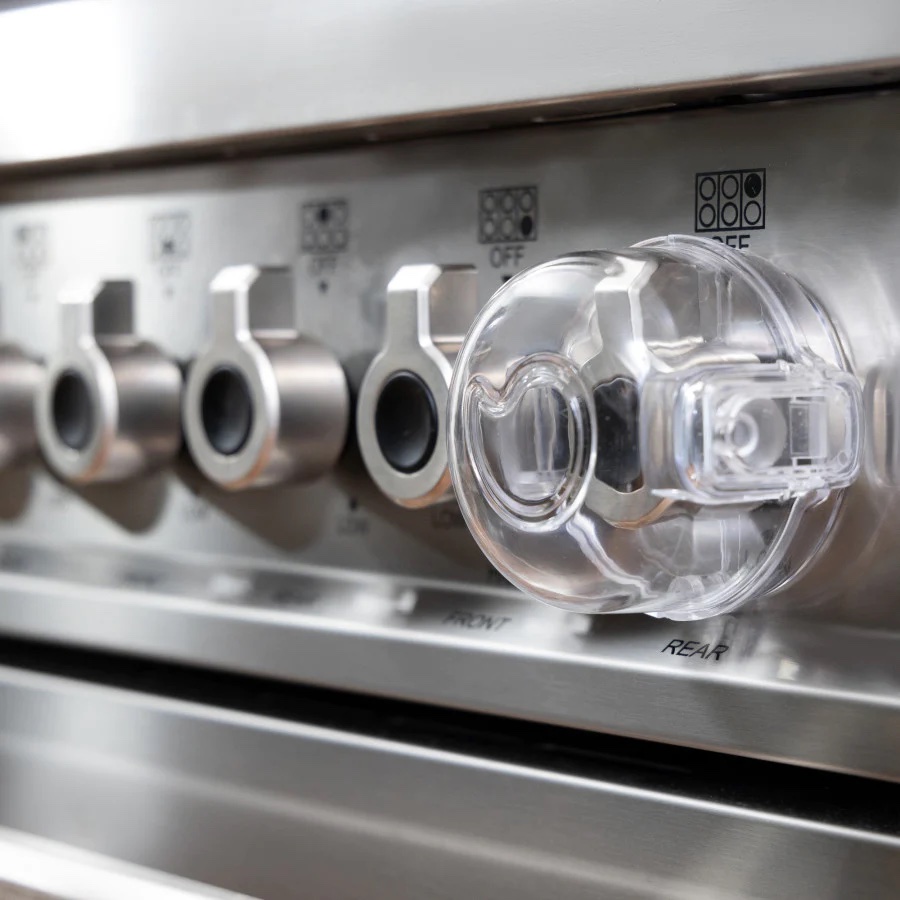How To Make Your Own Baby Food
A Guide to Crafting Nutritious Homemade Baby Food: Easy Tips and Product Recommendations
Note: Always consult with your child's doctor before introducing new foods to make sure they are age appropriate.
As a parent, one of the most rewarding experiences is watching your little one embark on the journey of exploring new flavors and textures through their very first bites of solid food.
Making your own baby food not only allows you to have control over the ingredients your baby consumes but also provides an opportunity to introduce a variety of fresh, nutritious options.
In this guide, we'll explore some valuable tips for crafting homemade baby food and highlight a few recommended products that can simplify the process.
Why Choose Homemade Baby Food?
Opting for homemade baby food offers several advantages.
First and foremost, you have more control over the quality and freshness of the ingredients. You can ensure that your baby is getting wholesome, organic produce without any hidden additives or preservatives.
Additionally, homemade baby food is often more economical than store-bought alternatives, saving you money in the long run.
popular in the shop
Essential Tips for Making Homemade Baby Food:
- Choose the Right Time: Pediatricians recommend introducing solid foods to babies around the age of six months. Consult with your child's doctor before making any dietary changes.
- Start Simple: Begin with single-ingredient purees to help identify any allergies or sensitivities your baby may have. Common starting foods include sweet potatoes, carrots, peas, and apples.
- Fresh Ingredients: Opt for fresh, seasonal, and organic fruits and vegetables whenever possible. These choices provide optimal nutrition and flavors for your baby.
- Preparation: Wash, peel, and remove seeds or pits from fruits and vegetables before cooking. Steaming, roasting, or boiling are great methods to preserve nutrients.
- Blending: Invest in a reliable baby food maker or blender to achieve the desired consistency. This ensures your baby can safely swallow and digest the food.
- Texture Transition: As your baby becomes accustomed to eating, gradually introduce slightly textured foods to encourage proper chewing and swallowing development.
- Storage: Portion out homemade baby food into small containers or freezer trays. This allows for convenient storage and easy defrosting when needed.
- Variety: Introduce a variety of flavors and textures to help your baby develop a diverse palate. Mixing different fruits and vegetables can also enhance the nutritional value of each meal.
- Allergen Introduction: Introduce common allergens (like peanuts, tree nuts, eggs, dairy, wheat, soy, and fish) one at a time and in small amounts to monitor any adverse reactions.
Recommended Products for Homemade Baby Food:
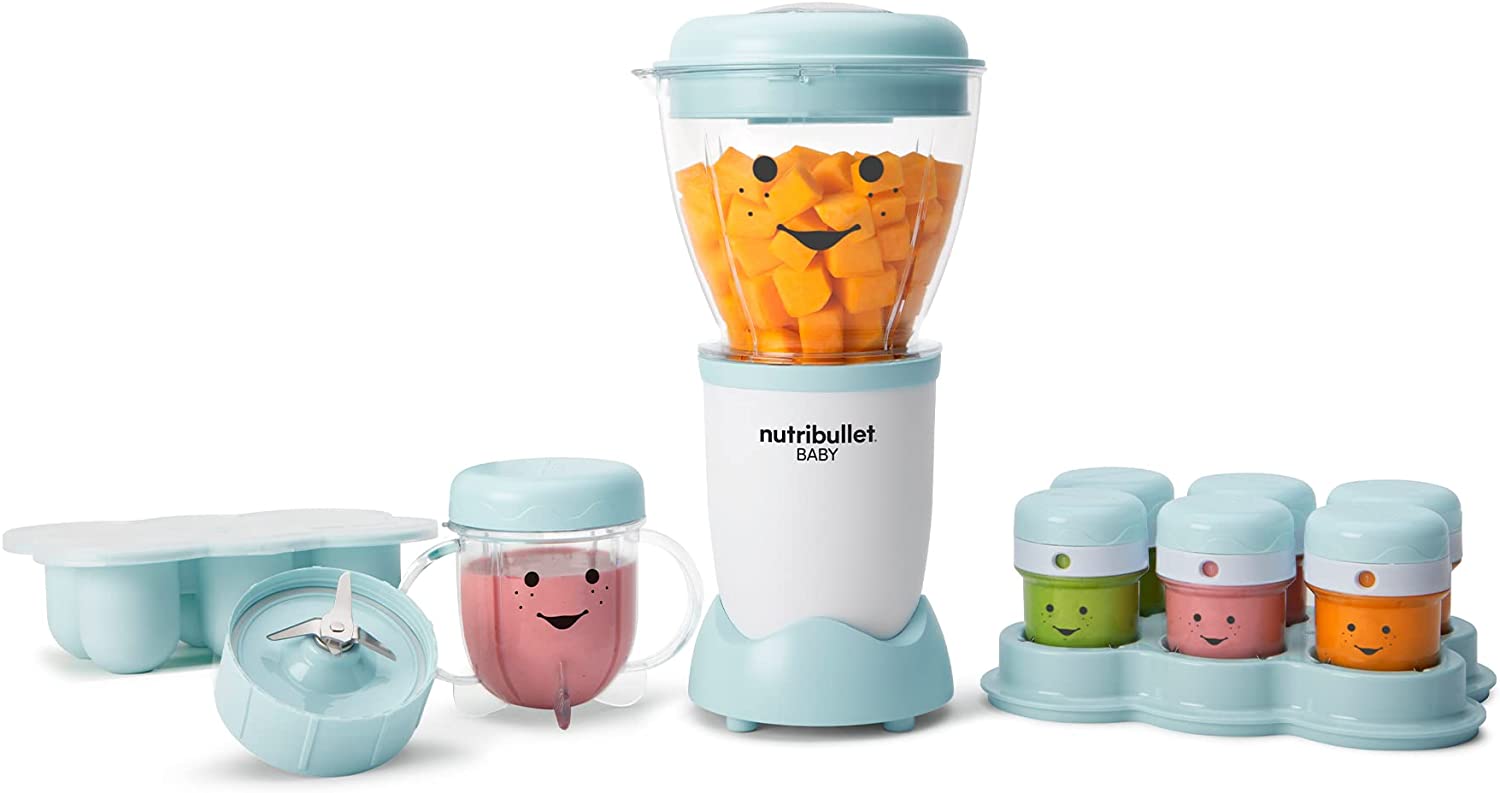
1. NutriBullet NBY-50100 Baby Complete Food-Making System: This all-in-one system is designed to simplify the process of making baby food. It includes a powerful blender, batch tray, and storage cups. The NutriBullet Baby system provides easy blending and portioning, allowing you to create nutritious meals without the hassle.

2. Ollygrin Baby Food Maker Steamer and Blender: Another option is the Ollygrin Baby Food Maker - which offers both steaming and blending functions in a single device. Steaming preserves essential nutrients, and the blender creates smooth, lump-free purees. This convenient option saves time and kitchen space.
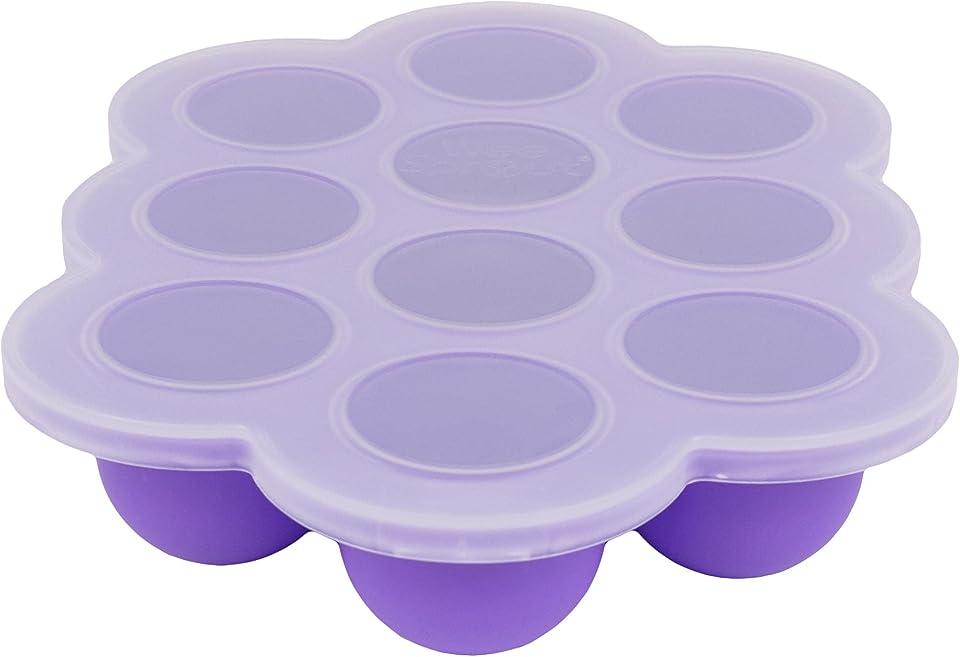
3. WeeSprout Silicone Freezer Tray with Clip-on Lid: This silicone freezer tray from WeeSprout is an excellent choice for storing homemade baby food. The flexible material makes it easy to pop out frozen portions, and the clip-on lid ensures freshness. The tray's individual compartments allow for portion control, reducing waste.

4. The Food Feeder Baby Fresh Fruit Feeder: This innovative feeding tool is designed to introduce your baby to a variety of flavors and textures in a safe and enjoyable manner.
Simply place small pieces of fresh fruit, vegetables, or even frozen breast milk into the silicone pacifier, allowing your baby to explore new tastes while minimizing the risk of choking.
This feeder not only encourages independent eating but also provides sensory stimulation as your baby interacts with different foods.
Crafting your own baby food can be an incredibly rewarding experience, offering a wide array of benefits for both you and your baby.
Every bite is an opportunity to nourish your baby's growth and development while instilling healthy eating habits from the very start.
Homemade Baby Food Recipes
1. Sweet Potato Puree:
- Ingredients: 1 medium sweet potato
- Instructions: Wash, peel, and chop the sweet potato into small chunks. Steam or boil until tender. Blend using a baby food maker or blender until smooth. Adjust consistency with water or breast milk as needed.
2. Apple and Pear Blend:
- Ingredients: 1 apple, 1 pear
- Instructions: Peel, core, and chop the apple and pear. Steam or microwave until soft. Blend together for a sweet and nutritious blend. Add a touch of cinnamon for extra flavor.
3. Carrot and Butternut Squash Mash:
- Ingredients: 1 carrot, 1/2 small butternut squash
- Instructions: Peel and chop the carrot and butternut squash. Steam until fork-tender. Mash together for a textured option that encourages chewing.
4. Pea and Spinach Puree:
- Ingredients: 1 cup peas (fresh or frozen), 1 cup spinach leaves
- Instructions: Steam the peas until tender. Blanch the spinach by placing it in boiling water for a minute, then immediately transferring it to ice water. Blend peas and spinach until smooth.
5. Banana Avocado Mash:
- Ingredients: 1 ripe banana, 1/2 ripe avocado
- Instructions: Mash the banana and avocado together until you achieve the desired consistency. This recipe offers healthy fats and natural sweetness.
6. Oatmeal with Blueberries:
- Ingredients: 1/4 cup rolled oats, 1/2 cup water, 1/4 cup blueberries
- Instructions: Cook the oats in water until soft. Mash the blueberries and mix them into the oatmeal. This recipe introduces a grain and a berry to your baby's diet.
7. Pumpkin and Yogurt Delight:
- Ingredients: 1/2 cup cooked pumpkin, 2 tablespoons plain yogurt
- Instructions: Blend the cooked pumpkin with yogurt until smooth. This recipe introduces dairy and a vegetable.
8. Mango and Banana Smoothie:
- Ingredients: 1 ripe mango, 1 ripe banana, 1/4 cup water or breast milk
- Instructions: Peel and chop the mango and banana. Blend them together with water or breast milk for a delicious and refreshing smoothie.
9. Chicken and Sweet Pea Puree:
- Ingredients: 1/2 cup cooked and shredded chicken, 1/2 cup cooked sweet peas
- Instructions: Blend the cooked chicken and sweet peas until smooth. This introduces protein and combines it with a vegetable.
10. Spinach and Quinoa Mix:
- Ingredients: 1/4 cup cooked quinoa, 1/2 cup cooked spinach, 1 tablespoon grated cheese (optional)
- Instructions: Mix the cooked quinoa and spinach together. You can also add a touch of grated cheese for added flavor.
Remember to adjust the texture and consistency of these recipes to suit your baby's developmental stage.
As your baby grows and develops, you can introduce more complex flavors and textures while gradually transitioning to family meals.
Always consult your pediatrician before introducing new foods to ensure they align with your baby's dietary needs.
Enjoy the process of creating nutritious and delightful meals for your little one!

